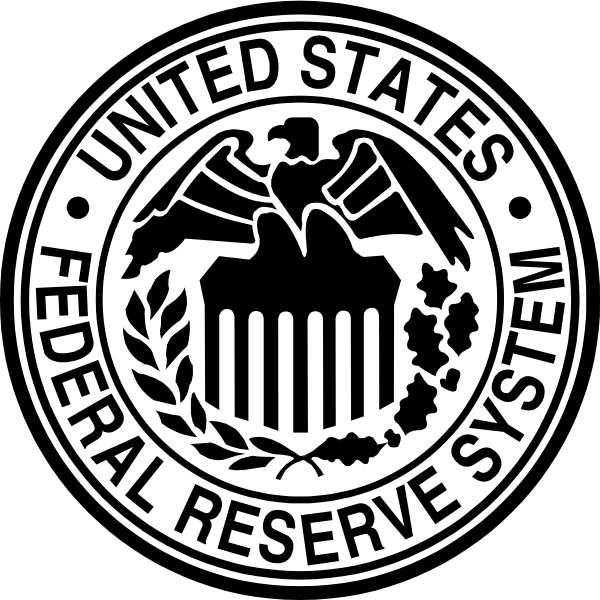 In a recent report titled Debt and (not much) deleveraging the McKinsey Global Institute found that between 2007 and the second quarter of 2014, the total global debt had grown by $57 trillion. The total global debt as of the second quarter of 2014 stood at $199 trillion or 286% of the global GDP.
In a recent report titled Debt and (not much) deleveraging the McKinsey Global Institute found that between 2007 and the second quarter of 2014, the total global debt had grown by $57 trillion. The total global debt as of the second quarter of 2014 stood at $199 trillion or 286% of the global GDP.
Government debt constituted a significant portion of this. The total government debt all around the world had stood at $33 trillion as of 2007. It has since jumped to $58 trillion, a jump of $25 trillion, at the rate of 9.3% per year.
What is interesting is that a lot of this government debt is owed to central banks. “Today, the central banks of the United States, the United Kingdom, and Japan hold 16, 24, and 22 percent, respectively, of government bonds outstanding in their countries,” the McKinsey report points out. Governments borrow money by selling bonds.
In the aftermath of the financial crisis that broke out in September 2008, central banks in developed countries started printing money. The idea was to flood the financial system with a lot of money and drive down interest rates. At lower interest rates more people were expected to borrow and spend. This would benefit businesses and in turn the overall economy.
In order to pump the printed money into the financial system the central banks bought both government as well as private sector bonds. And that is how they have ended up with massive holdings of government bonds on their balance sheets.
The central banks of the United States as well as the United Kingdom have stopped printing money and buying bonds. Nevertheless, central banks of a few other countries continue to print money and buy government bonds.
The Bank of Japan is mandated to buy 80 trillion yen worth of government bonds every year against 50 trillion yen. Starting in January 2015, the European Central Bank has also decided to buy up to €720 billion of government bonds in a year. So, in that sense central banks continue to accumulate bonds at a rapid rate.
A central bank gets paid interest by the government on the government bonds that it has in its kitty. This interest that a central bank gets paid is a part of the profit that it makes. The profit is remitted back to the government. Hence, what this means is that the government is basically paying interest to itself on its debt.
“In a sense, this debt is merely an accounting entry, representing a claim by one part of the government on another. Moreover, all interest payments on this debt typically are remitted to the national treasury, so the government is effectively paying itself,” the McKinsey report points out.
If the money that governments owe to their central banks is not taken into account, things start to look a little different. The government debt to GDP ratio in the United States falls from 89% to 67%. In the United Kingdom the number similarly falls from 92% to 63%. In case of Japan, the drop is huge—from 234% to 94%.
What these numbers also tell us is that central banks are printing money to repay themselves. How did this astonishing situation arise? Take the case of Bank of Japan. The Japanese central bank prints money and buys government bonds directly from the government. This helps the government finance its increased expenditure. A part of this expenditure is also repaying the bonds which are maturing. A part of the maturing bonds are held by Bank of Japan. Money is fungible, and hence that means that the Bank of Japan is printing money to repay itself.
This is a weird situation. As John Truman Wolfe writes in Crisis by Design, The Untold Story of the Global Financial Coup, a book published in mid-2010: “How bizarre is it that instead of simply printing the money themselves, governments ‘chose’ to borrow it from their respective central bank. The United States is currently $16 trillion in debt—and the debt is growing at the rate of $49,000 a second! Last year’s interest on the debt here was $454,000,000,000—Why borrow money from the Fed ([which] simply creates it out of thin air by making a book entry and clicking a mouse) when the government could simply print its own without borrowing it and paying interest on it.”
It is now being said that this situation can be set right given that the debt owed to central banks is ultimately an accounting entry. As the McKinsey report points out: “Whether central banks could cancel their government debt holdings is unclear… Another option that has been suggested is to replace the government debt on the central bank’s balance sheet with a zero-coupon perpetual bond.”
A perpetual bond would mean that the government will have to never repay the bond, at the same time it won’t have to pay any interest on it given the zero coupon. While this sounds fancy, this would still mean a default by the government. Governments defaulting on their debt has happened regularly in the past. “Today’s rich European nations, including England and France, defaulted repeatedly from the 14th to the 18th centuries (France did it eight times). Latin American economies defaulted repeatedly in the 20th century, and Argentina has done it once in the 21st. The most recent sovereign debt restructuring was in 2012 in Greece,” the McKinsey report points out.
And any default or a semblance of a default won’t go down well with financial markets all over the world. “Any such move could create backlash in the markets and, in some countries, by policy makers.”
A financial market backlash would mean that bond yields will go up, which in turn will push up interest rates. This is something that the governments of the Western economies can ill-afford at this point of time. Any move up in interest rates will have a negative impact on the economies, which are floundering at this point of time.
Given this, even though it is just an accounting entry, getting out of central bank debt won’t be so easy for western governments.
(Vivek Kaul is the author of the Easy Money trilogy. He tweets @kaul_vivek)
The column originally appeared on Firstpost on Apr 13, 2015



